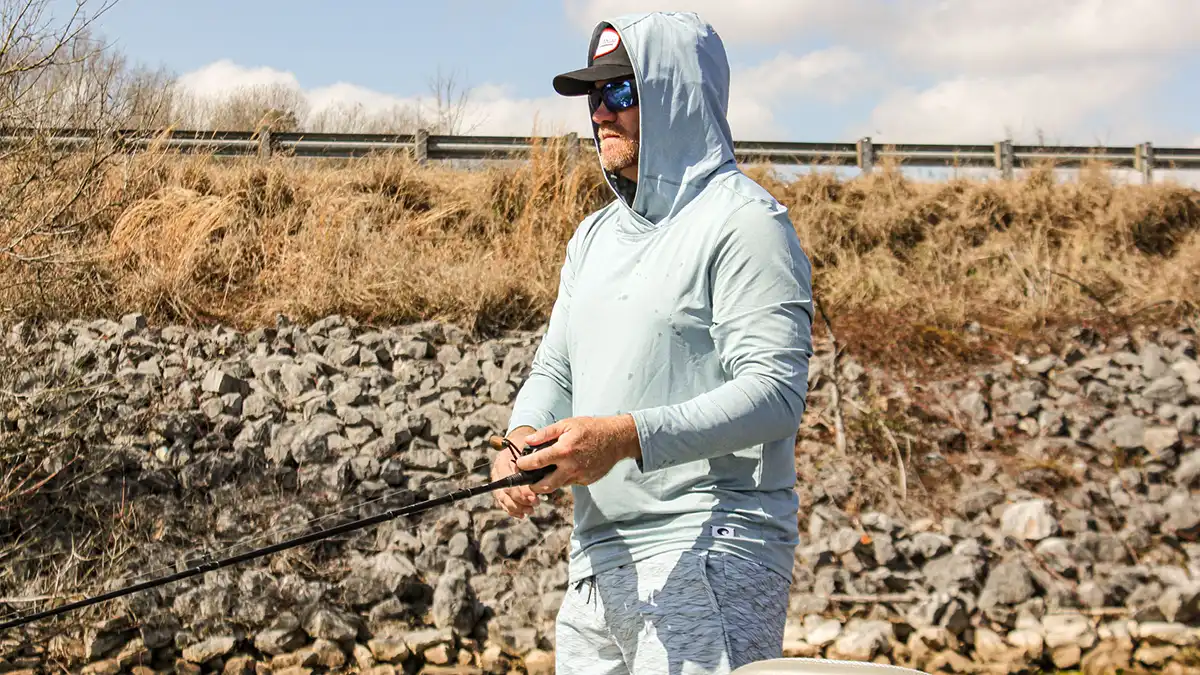Finding and catching largemouth bass during the immediate post-spawn phase presents a challenge for anglers. After enduring the rigors of spawning, these bass seek recovery and sustenance in their natural habitat, making them elusive targets. Understanding their behavior and habitat preferences is essential for successful fishing during this period.
During the post-spawn phase, largemouth bass tend to inhabit shallow waters, typically less than 3 feet deep, especially in murky or muddy water conditions. The amount of sunlight reaching the spawning beds influences their depth, with bass spawning shallower in muddy water and deeper in clear conditions. Identifying areas where bass have recently spawned provides valuable insights into their post-spawn locations, as these fish often remain in proximity to their spawning grounds.

Shade, abundant food sources, and running water are key factors that attract post-spawn bass to specific areas. Bass seek refuge in shaded spots such as docks, bushes, and moored boats to recuperate from the spawning process. Additionally, the presence of spawning shad, herring, and bluegill provides ample food opportunities for post-spawn bass. Areas with cooler water influxes, such as creeks and run-ins, are also favored by bass seeking relief from rising temperatures.
Observing the behavior of bass fry, which remain shallow near cover while being guarded by male bass, offers valuable clues for locating post-spawn bass. These fry-guarding males actively defend against predators, creating opportunities for anglers to target them.
Selecting appropriate baits and presentations is crucial for enticing post-spawn bass. Matching the hatch—choosing lures that mimic natural forage in size, color, profile, and action—is a fundamental strategy. Popper lures in bluegill patterns or popping frogs are effective choices for fishing around isolated cover, while swimbaits, skipping jigs, and wacky rigs excel at targeting fry-guarding bass under bushes and docks.
Bait spawns, including those of shad, herring, and bluegill, further influence bait selection. Adapting bait choices to mimic the prevailing baitfish species and utilizing baits that can effectively navigate through vegetation or structure enhances fishing success.

Timing is critical during bait spawns, with the early morning often offering the best bite. Anglers should capitalize on the feeding frenzy that accompanies bait spawns, as bass become less active as the sun rises.
Fishing for largemouth bass during the immediate post-spawn phase requires a strategic approach and keen observation of environmental cues. By understanding bass behavior, habitat preferences, and food sources, anglers can increase their chances of success. Armed with appropriate baits and techniques, anglers can navigate the challenges of the post-spawn phase and enjoy productive fishing outings.
Images/Source: Wired2Fish





